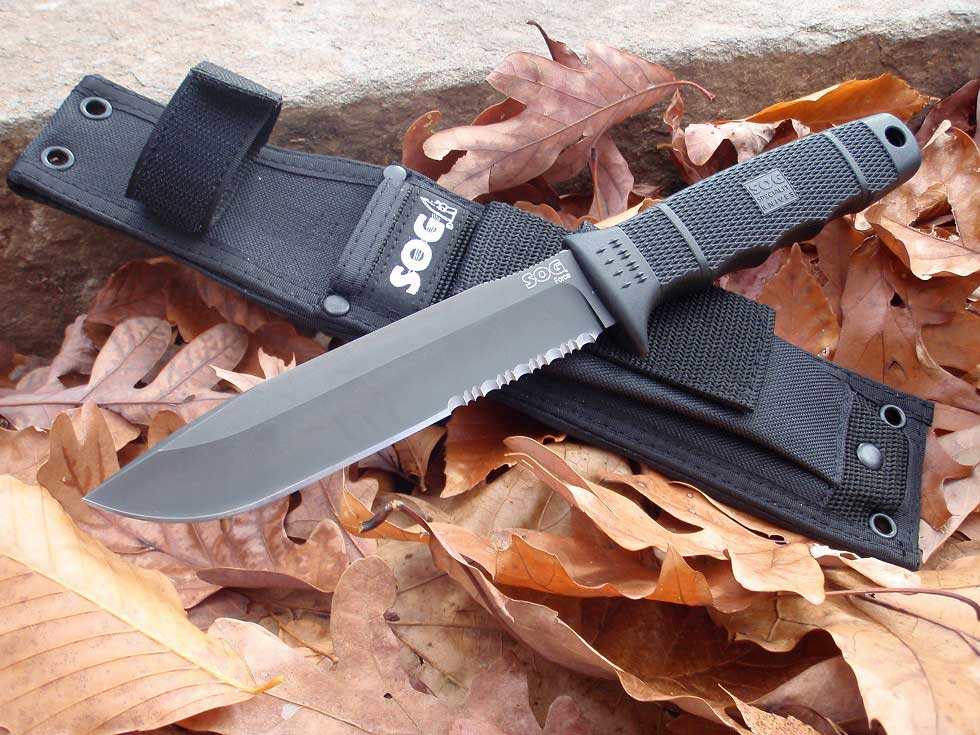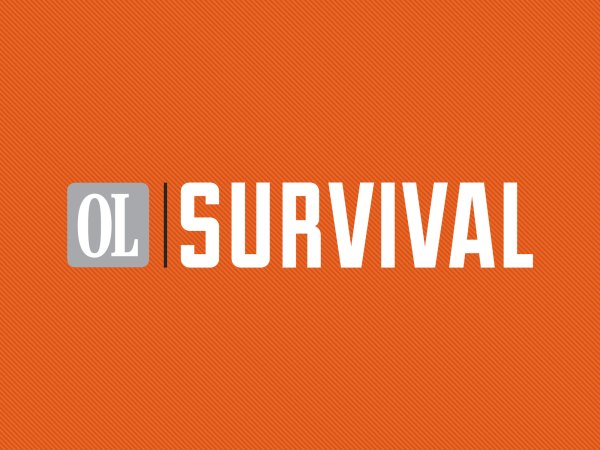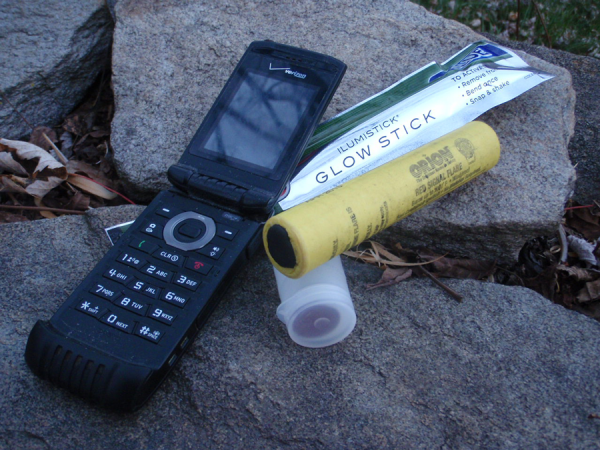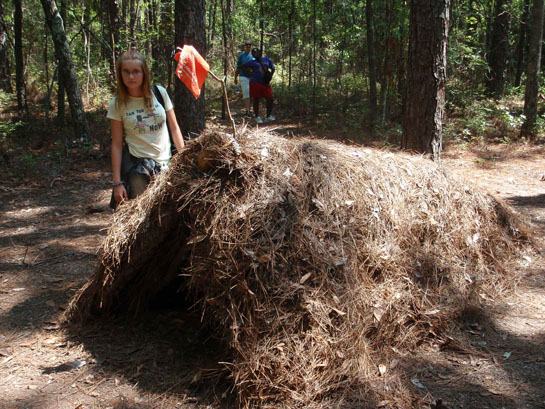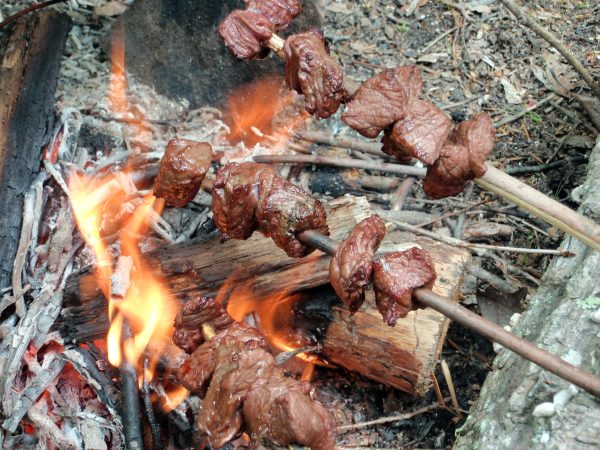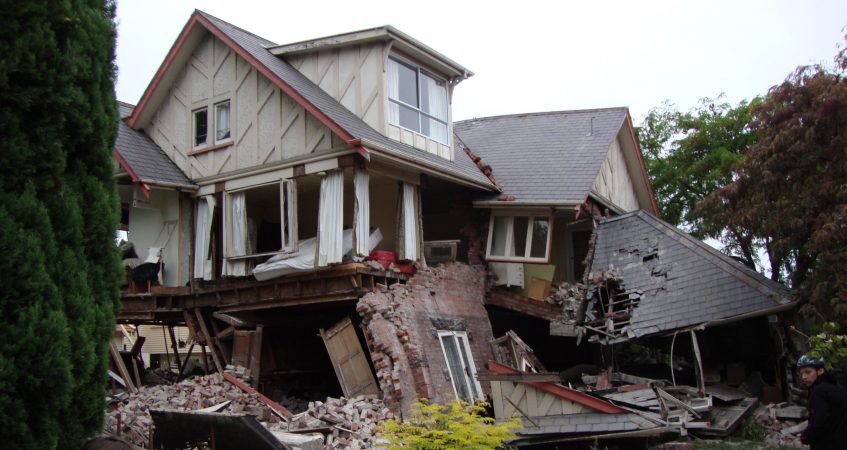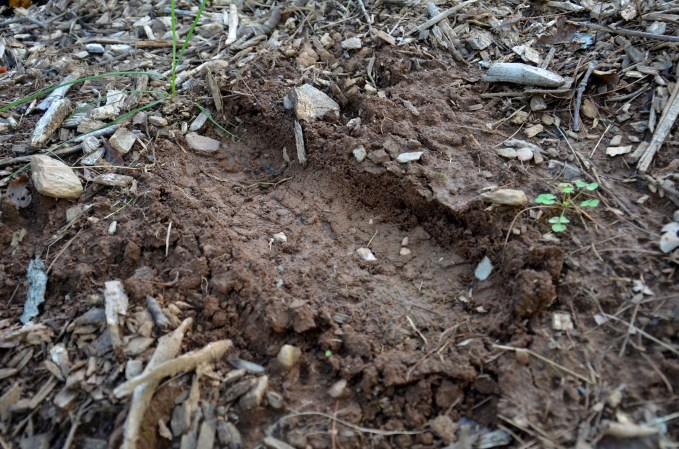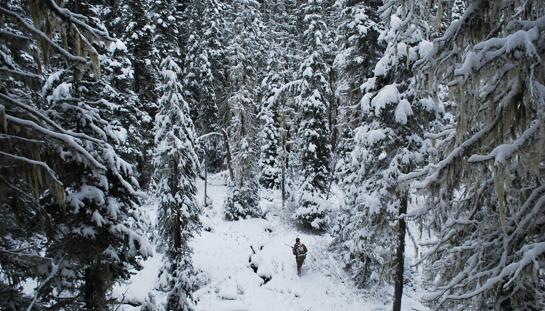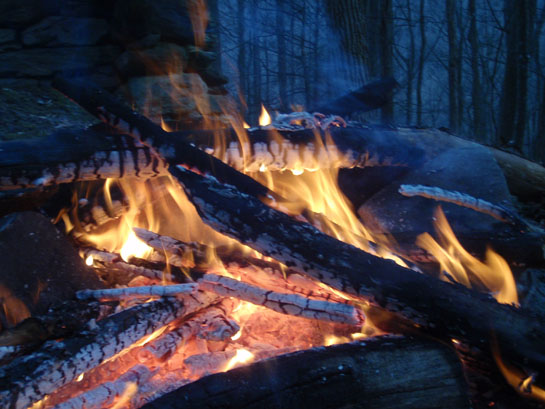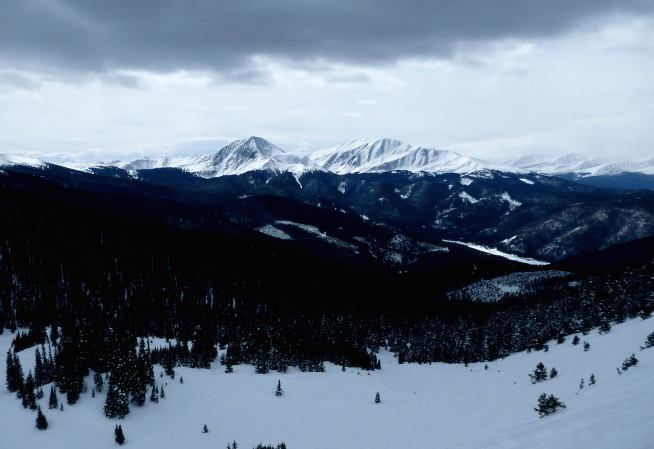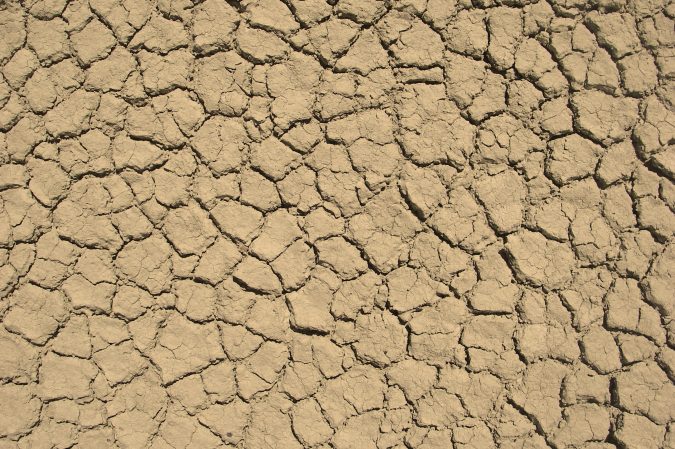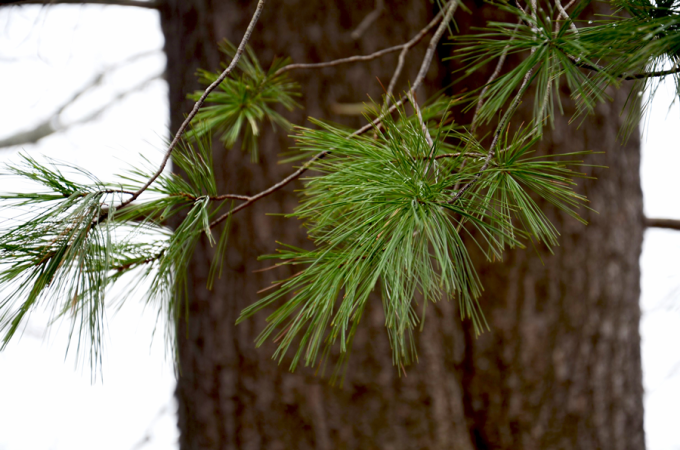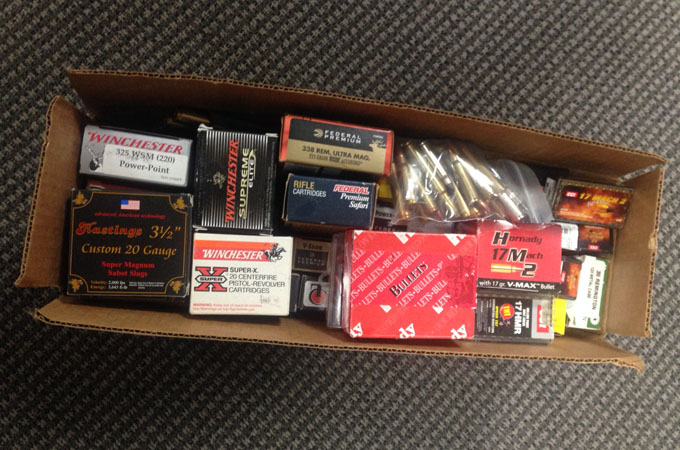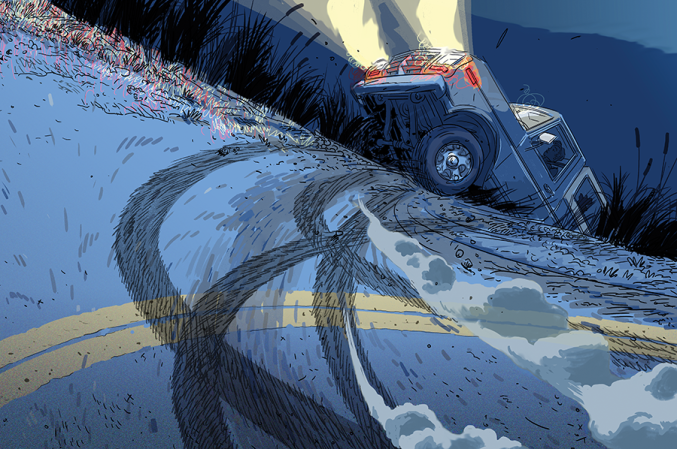What happens when your good luck runs out on a simple scouting trip or day hike? Let’s say that you are far from your vehicle, and the weather has a fickle change of mood—as it likes to do in the late fall and winter. You get a drenching of rain, along with a stiff breeze and a temperature drop. Did I mention that you set your GPS unit down on that bounder when you stopped for lunch? Well, you did… and it’s gone now. All told, you’re fairly well lost, very cold, and wet. Now the sun is dropping close to the horizon. What’s the first thing you should do?
Light a fire? Build a shelter? Signal for help?
Well, it all depends. If you have a phone and any kind of mobile phone service in that area, you could obviously call or text for help. This could get you rescued that evening. If you know that help is on the way, you could build a fire to warm yourself and the light will visually assist your SAR unit. The rest is easy.
But let’s say that you don’t have a phone signal, didn’t bring the phone, or it ran out of battery. Now it matters if you told someone where you were going and when you’d return. With a safety net like that in place, you may still get rescued late that night if the local SAR teams can mobilize quickly. You could build a makeshift shelter to block the wind and try to start a fire, both for warmth and also as a phenomenal signal beacon.
But what if you’re lost and no one else knows where you are? You might be in it for the long haul. You could be out there for days before you are able to self-rescue or find help. In this scenario, we fall back to the old survivalist’s mantra: shelter, water, fire, food. In that order, we are addressing the most dangerous issue first: exposure. A survival shelter may not be comfortable, but it should be able to keep you from dying of exposure. Hypothermia can kill within hours.
Water comes in as the next most vital survival priority. We may only be able to last for a few days without any water to drink.
Fire falls in as your third priority for most situations. While we could live indefinitely without fire’s warm embrace, it’s one of the most valuable assets that a survivor could have. Fire provides warmth, light, safe water (through boiling), cooked food, and a fine signal.
Food is the final piece of the puzzle. It’s possible for the average person to last several weeks without food, but the impact of hunger can be felt very quickly—especially in the cold. Stick to eating animals if you don’t know your local wild edible plants. But it’s wise to learn about both. The edible plants can’t fly or run away, after all—you just need to learn how to spot them and how to use them.
This is shelter-water-fire-food, in a nut shell. Of course, first aid skills and self-protection come into play in some scenarios, but not all of them. There is one skill, however, which is often as vital as the four primary survival priorities, and this is the skill of signaling for help. This is your ticket to get home. Signal whistles, signal mirrors, signal flares, and signal fires can be used to garner attention and catch the eye of search parties and good Samaritans alike. Signaling, coupled with the four main survival priorities (and a bit of luck) can get you through some rough situations. And it never hurts to carry some survival gear either.
Ever had to rely on these skills for real? Please share your story in the comments.
